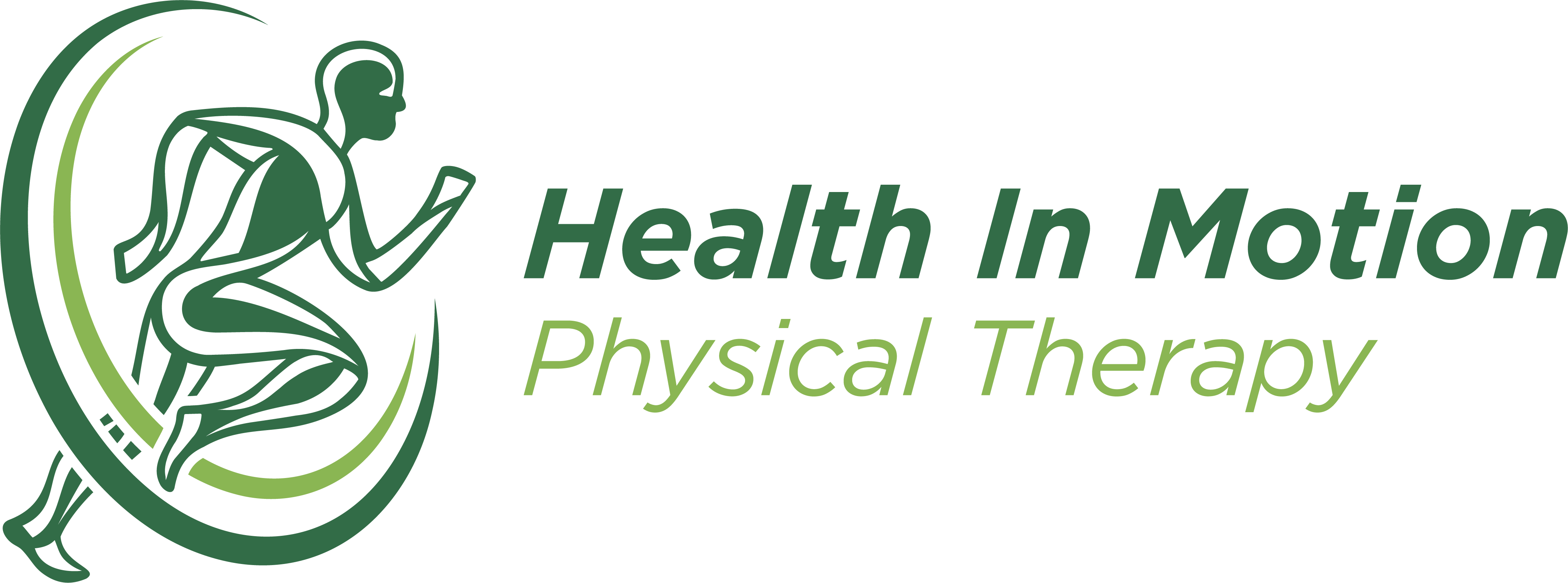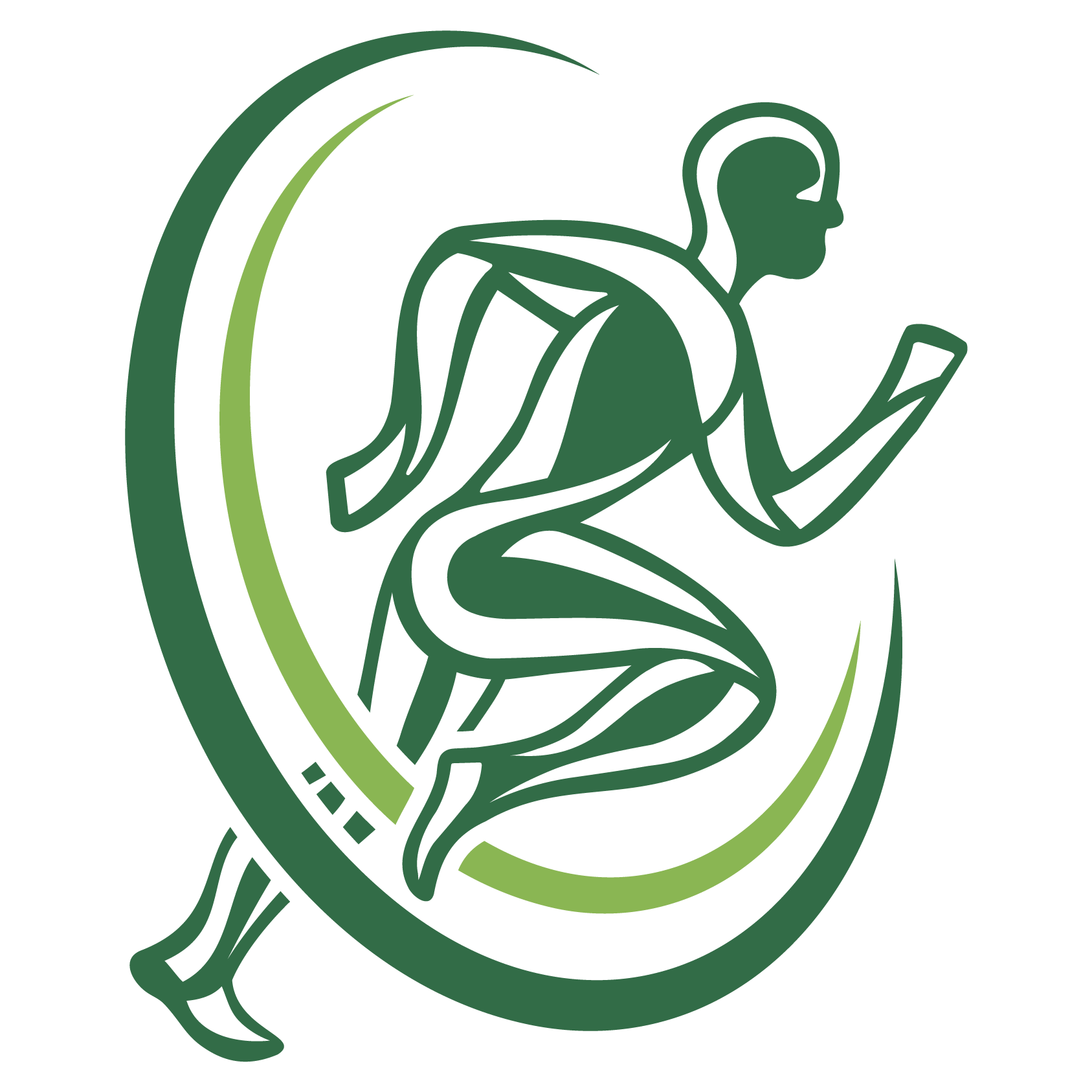ElbowHealth In Motion offers multiple locations in Wisconsin, with an additional location in Western Pennsylvania.
Your elbow is a complex joint formed by three long bones in your arm. Four sets of muscles help move the joint and are attached to the bones by thick tendons. Any of these structures or the joint’s network of nerves, blood vessels and ligaments can lead to elbow pain. Most elbow pain isn’t serious, but because you use your elbow in so many ways it can be disruptive to daily life. Most elbow pain can be improved with simple home treatments. However, if your elbow pain results from injury, physical or occupational therapy can help in healing and preventing future problems.
Information courtesy of the Mayo Clinic.


